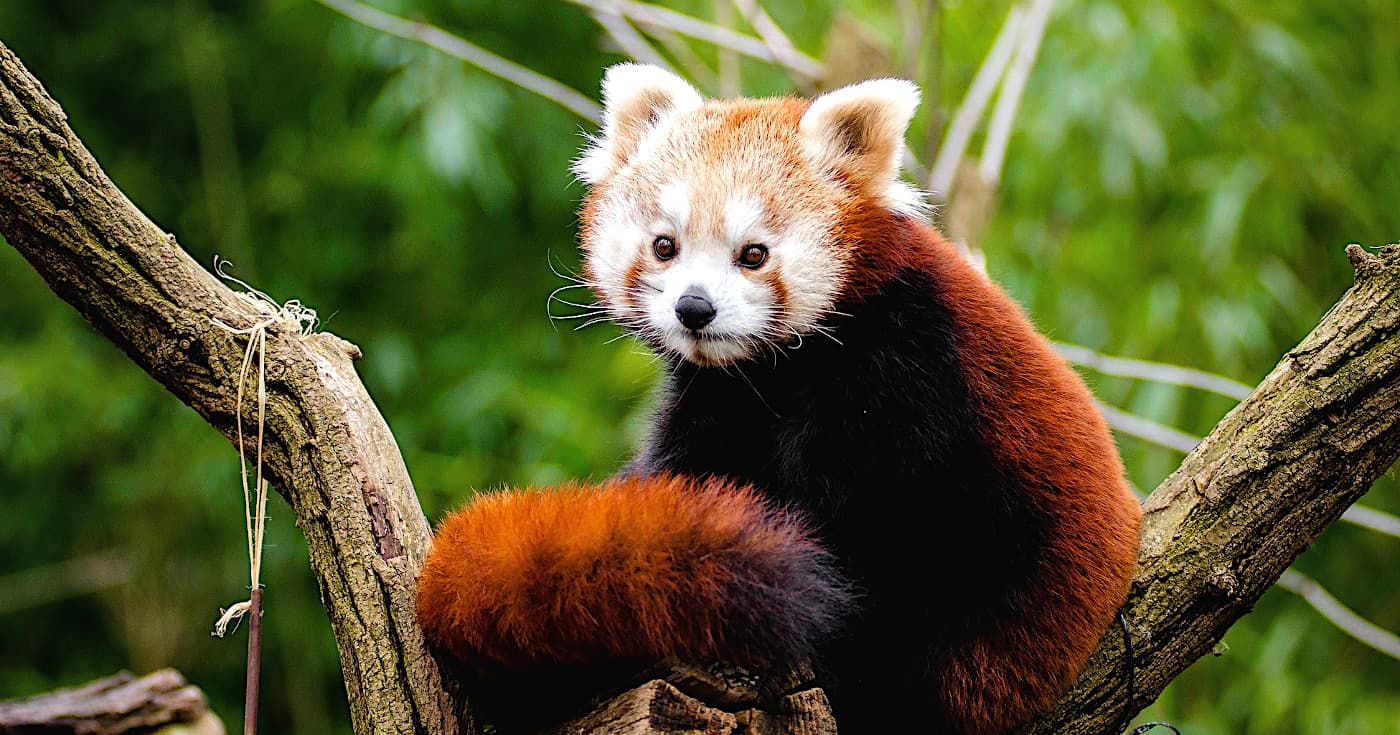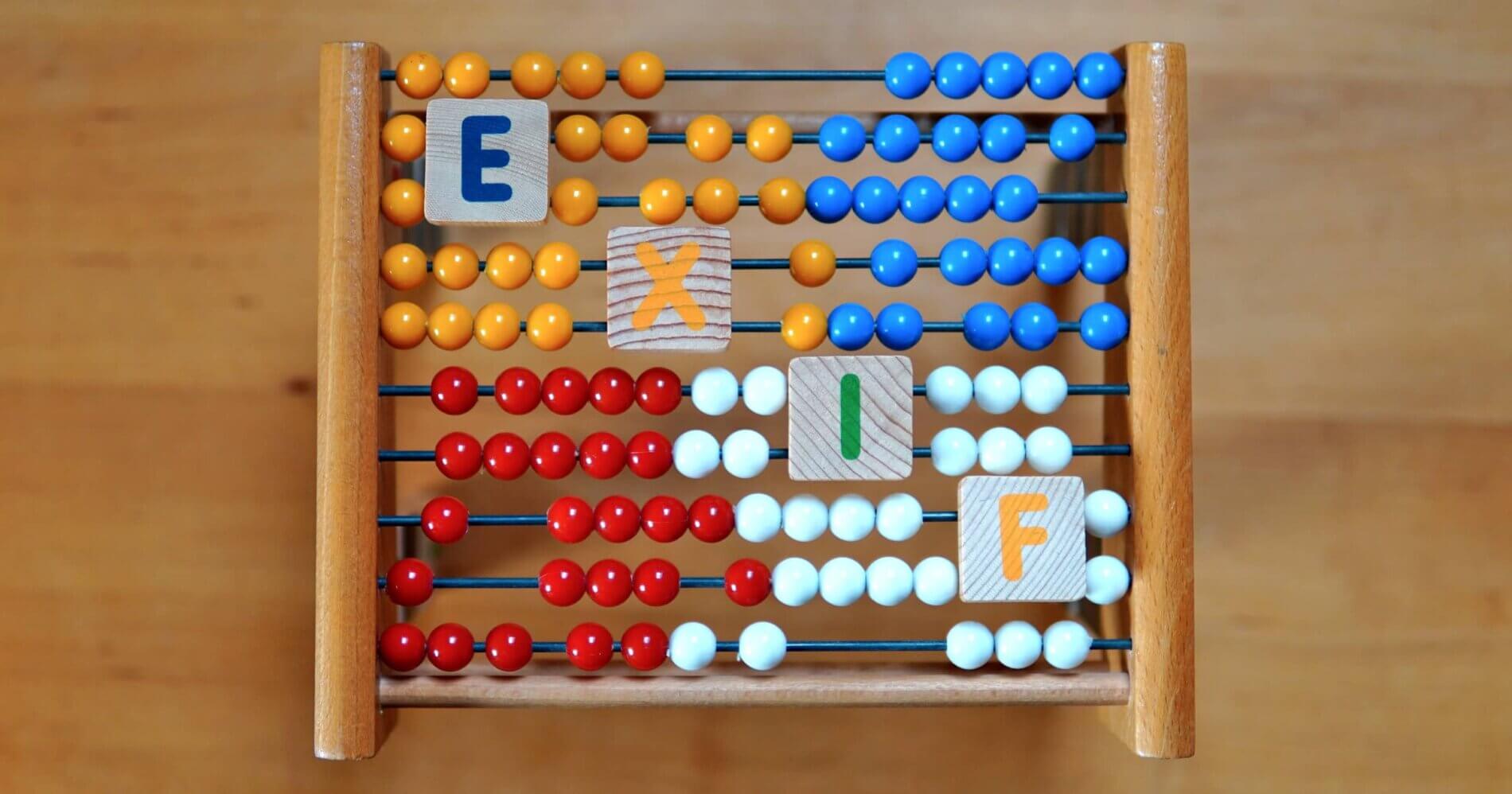
“Map of the world being synchronized” generated by Midjourney. Credit: libre-software.net. License: CC BY-SA 4.0
How to Sync fonts between multiple Linux computers using Dropbox
Last updated on October 11, 2022
This small guide is about syncing fonts between two or more Linux devices, for example one laptop and one desktop computer, both running any Linux distribution. More specifically, I use this method to sync fonts I downloaded via the Google Fonts library.
Is it possible to sync fonts on any Linux distribution?
The method chosen makes this guide distribution-agnostic. Though I tested it on Linux Mint, it will also work on Ubuntu, Manjaro or any distribution of your choice. Please share your experience in the comments.
Does font synchronization work with cloud services other than Dropbox?
Although I use Dropbox in this guide, any cloud storage service running on Linux should be able to sync a font folder, including Google Drive, Mega or OwnCloud.
Default folders locations
Make sure you change each step of this guide accordingly if you have a different configuration than the following:
- Default font directory on Linux: in this example we use the
.fontssubfolder within your home folder (~/.fonts), which should work well on any Linux distributions. Other possibilities for the default font folder include~/.local/share/fonts(on Ubuntu) or/usr/local/share/fonts– adapt the instructions to your needs. - Location of the Dropbox folder: standard location (
~/Dropbox)
1. Setup the first device
1.1 Create the synced font folder
Create a font directory for the fonts to be synced anywhere in the Dropbox folder. In this example we will use a folder named Synced-fonts. Create this folder via the file manager or via the command line:
mkdir ~/Dropbox/Synced-fonts
Warning: don’t use a hidden folder (starting with a period) like ~/Dropbox/.synced-fonts. The folder would sync in Dropbox, but the fonts inside won’t be available to use in your apps.
1.2 Add fonts to the synced font folder
Then, copy or move the fonts to be synchronized to this folder. You can download and use any fonts from Google Fonts. You may use subfolders, but hidden folders won’t work.
If you want to move all fonts from ~/.fonts to the new Dropbox font folder, use the following command:
mv ~/.fonts ~/Dropbox/Synced-fonts
2. Sync fonts on Linux devices
You should repeat this part on all devices to be synced, the first one included.
2.2 Enter the local “non-synced” folder
Check if you already have a local “non-synced” ~/.fonts font folder in your home directory:
ls -la ~/ | grep ".fonts"
If it doesn’t exist, create one:
mkdir ~/.fonts
Warning: Dropbox only supports the ext4 file system on Linux. Syncing fonts probably won’t work with Dropbox if you use anything else than NTFS for Windows, HFS+ or APFS for Mac, and Ext4 for Linux.
2.3 Create a symbolic link to the synced font folder
Using the terminal, navigate to the local “non-synced” file folder:
cd ~/.fonts
Here comes the most important step. Create a symbolic link to the Dropbox font folder:
ln -s ~/Dropbox/Synced-fonts
Check if the symbolic link was successfully created:
ls -la ~/.fonts | grep "\->"
The output should be something like:

Now restart the device or rebuild the font cache:
sudo fc-cache -f -v
Some programs like LibreOffice will need to be closed completely and restarted to use the new fonts.
3. Enjoy font synchronization on Linux
The fonts in the “Dropbox font folder” will now be available on all synced Linux computers. Any font added or removed will be synced by Dropbox immediately.
Unfortunately, this doesn’t mean the fonts will be available instantaneously on the synced devices. To reflect any change, be sure to restart the synced device or rebuild its font cache.
By Johannes Eva, October 2022












10 thoughts on “AVIF browser test page: AVIF support in Chrome, Firefox, Edge…”
Ezgif even does animated AVIFs:
https://ezgif.com/avif-maker
AVIF is now supported in official Firefox 93:
https://www.mozilla.org/en-US/firefox/93.0/releasenotes/
Could you make a similar page for a JPEG XL test?
Thank you for your interest – a JPEG XL test page would be useful, but I have no time left at the moment. Hopefully at some time in 2022 🙂
The following plugin, coupled with the functions.php code mentioned in the post, will allow AVIF images to be uploaded via the Media Library.
https://wordpress.org/plugins/blob-mimes/
Sadly your site need javascript enable for the test avif vs jpeg. If noscript bloc everything, this page say that AVIF is not supported and display JPEG fallback.
In JS dependences there is also google-analytics that is not fair play for a libre-software website :(.
Thank you for your article anyway.
Actually, AVIF/JPEG fallback using the element is pure HTML and does not need Javascript, even on this site. And you’re right, I really should switch from GA to Matomo, it’s a matter of time. Cheers!
Nice article. Love how you included a detailed tutorial for WordPress. I have created a UX optimized converter that support bulk conversion, without the need of uploading files. You can find it on: https://avif.io/
The next update will include a settings panel on which you can edit the quality, effort and exif data.
Feel free to add it to the converter list if you feel like it’s a great addition. Sincerely, Justin
MConverter can convert most image formats to AVIF: https://mconverter.eu/convert/to/avif/
Another nice thing is that it supports batch converting of multiple files at the same time. For the compression it uses a CRF of 10, so the converted images look basically identical.
No option for android
I found this it really helped me and it support batch conversion please add it to the list:
https://play.google.com/store/apps/details?id=ebusky.avif.image.viewer.converter.pdf